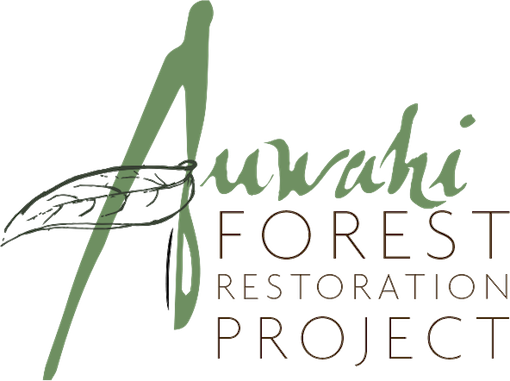The Auwahi Forest Restoration Project (Auwahi project) began with experimental exclosures committed by `Ulupalakua Ranch to watershed conservation on private ranch lands. In 1997 the Auwahi project, working with regional scientists, conservationists, and volunteers, began evaluating and developing technologies for restoration of non-native pastoral lands back to the native watershed forest.
By 2012, seven rare dry forest tree species, Charpentiera obovata Gaud., Ochrosia haleakalae St. John, Pleomele auwahiensis, Nothocestrum latifolium Gray, Santalum haleakalae Hillebr. var. lanaiense Rock (Harbaugh), S. ellipticum Gaud., and Streblus pendulinus (Endl.) Muell., had established seedlings and/or saplings within the restoration site. Though the number of observed seedlings was in some cases limited, the recruitment is important in that natural reproduction is largely lacking elsewhere in wild populations.
The Auwahi project, now considered a leader in environmental volunteerism, has restored forests primarily with the efforts of supervised volunteers from the community and in doing so; often develop a personal powerful connection to our watershed lands.
Since its inception, more than 1,700 residents and visitors have contributed over 36,855 person-hours at Auwahi, and in doing so, planted over 125,000 native tree seedlings and made a significant contribution to protecting Maui’s natural resources. This type of community based environmental effort has the potential to have profound impacts on both the land and the human community.

